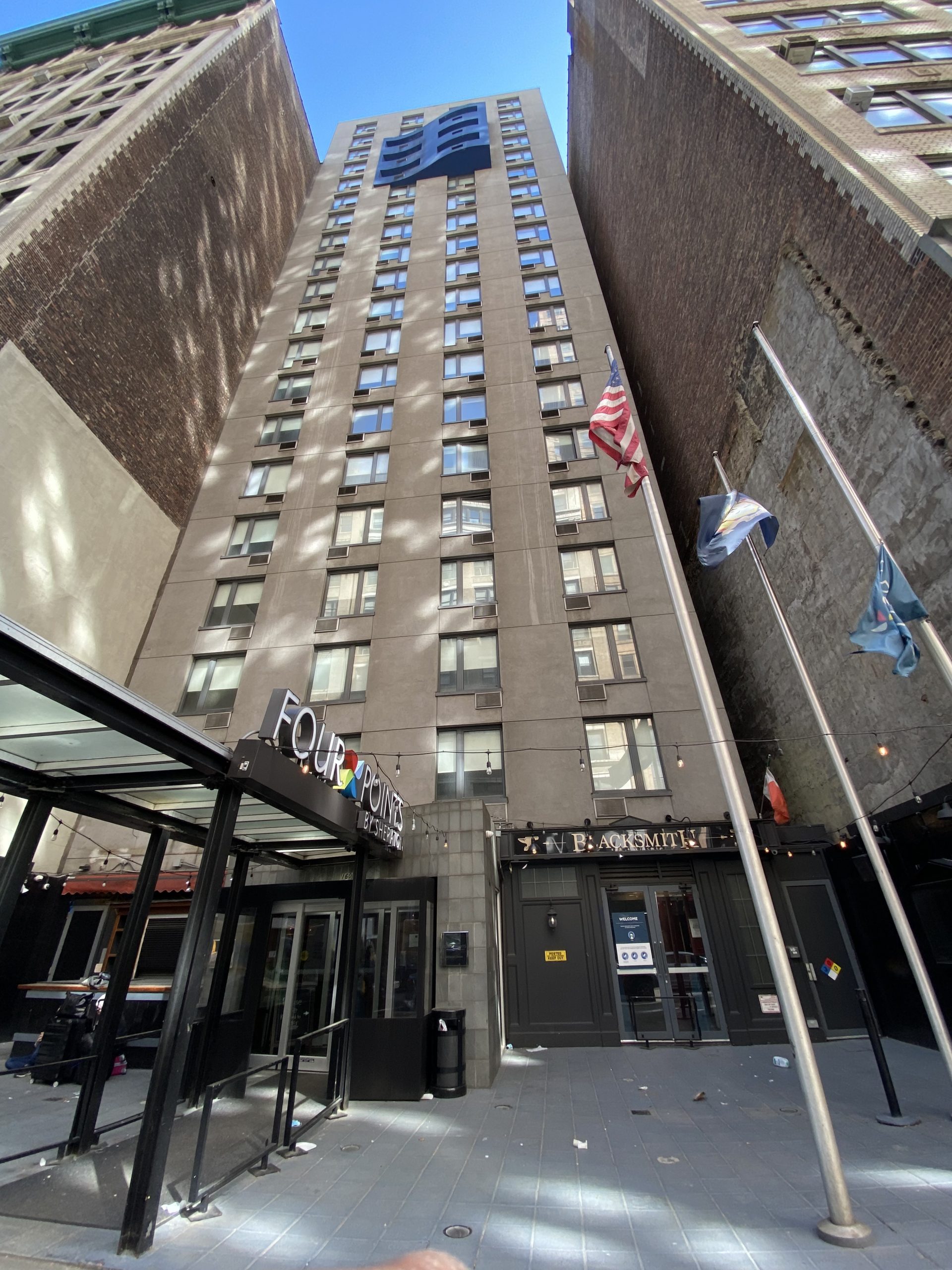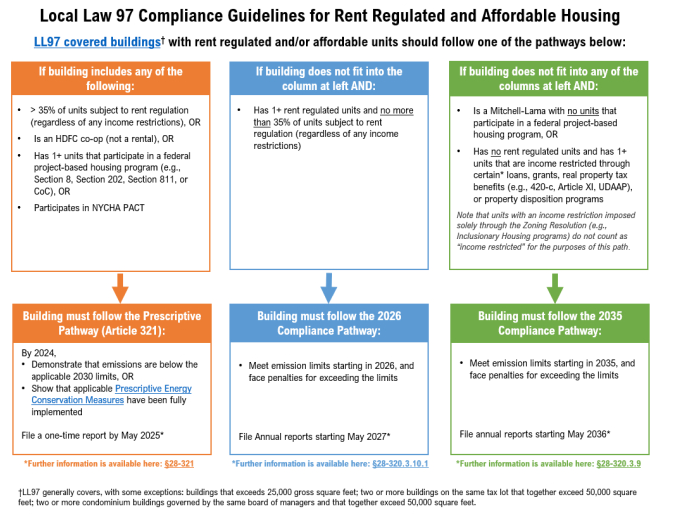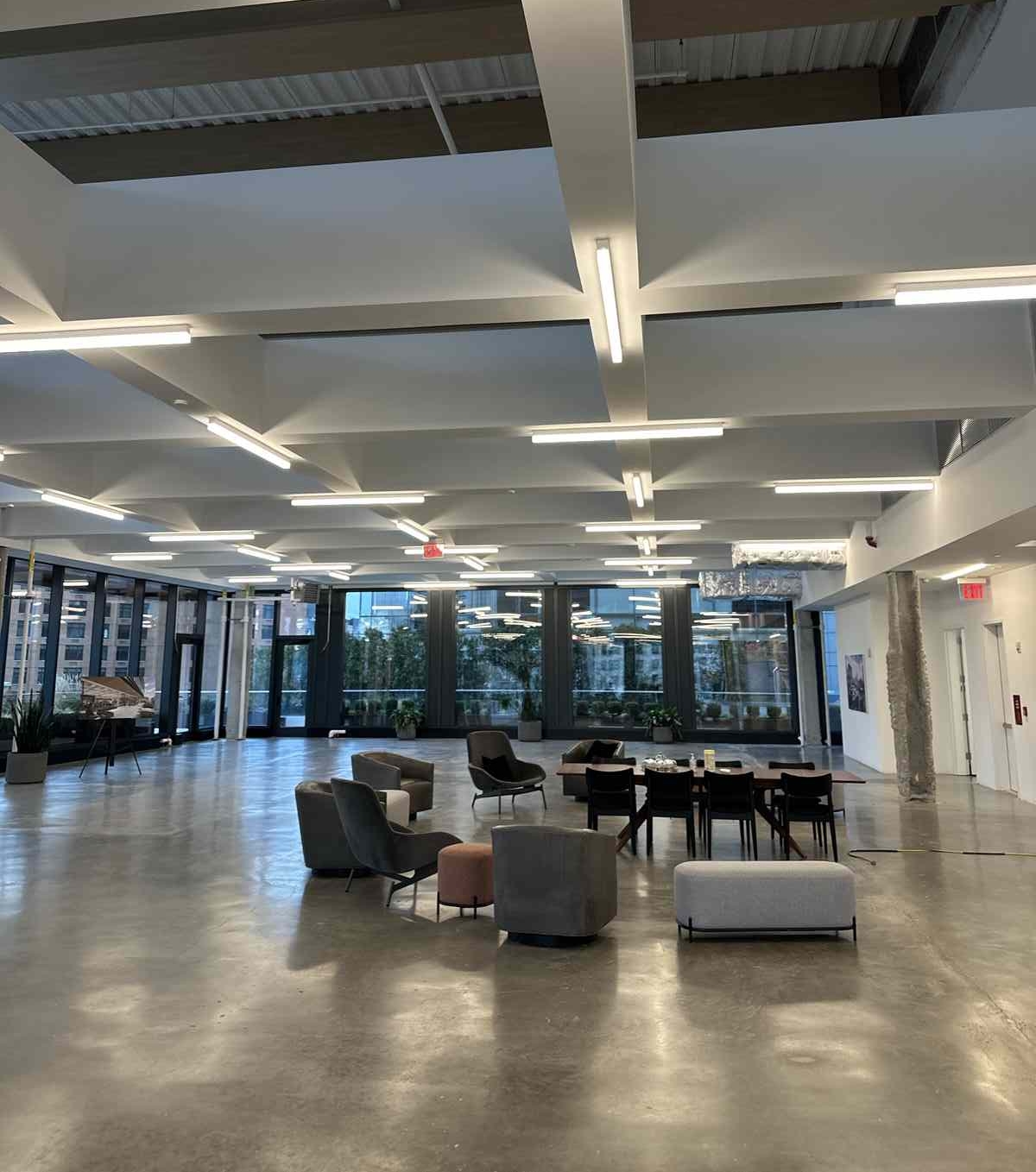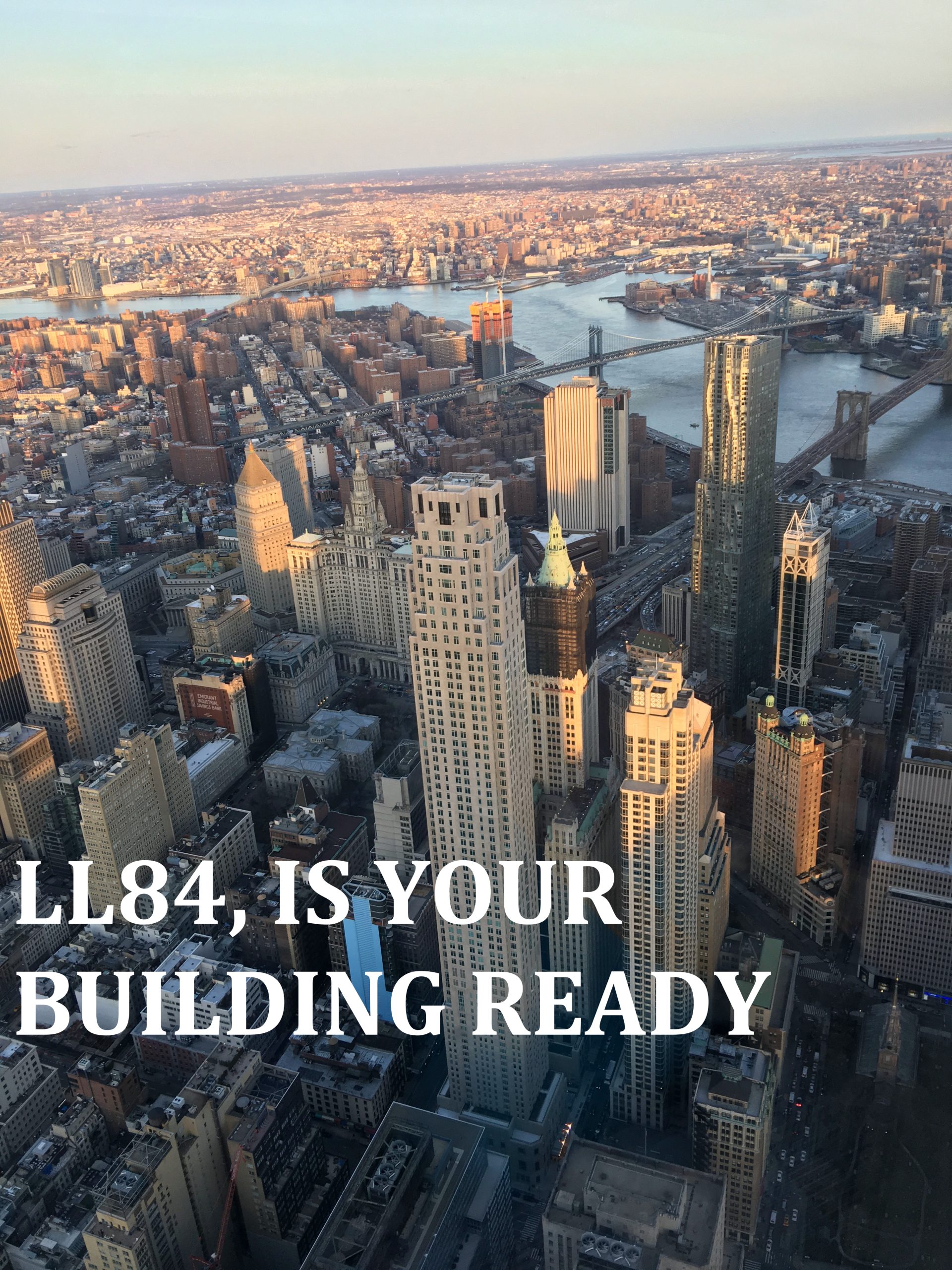Local Law Enforcement
In past couple of decades, New York City Department of Building passed several laws focusing on reducing carbon footprints to fight against climate changes. In addition, the construction codes, with each new edition, are becoming more stringent so that the building produces less carbon emissions. At VGCOM, our licensed engineers, certified energy manager (CEM), Certified Building Commissioning Professionals, have been assisting the buildings owners from pre-construction phase to retrofitting/renovation phases of existing buildings by providing state-of-the-art MEP design services and energy services. Our experts have hands-on experience to comply your buildings with all the NYC DOB local laws and take the advantage of these programs.
https://www.nyc.gov/site/sustainability/regulations/buildings-energy.page
“VGCOM is an approved NYSERDA firm under their Multifamily Building Solution Network (MBSN) program”
Selected by NYSERDA through a rigorous process, VGCOM is an approved NYSERDA firm under their MBSN program who are fully qualified to serve several multifamily energy efficiency programs: NYSERDA Multifamily Performance Program (MPP), NYSERDA Low-Carbon Capital Planning Support for Multifamily Buildings, Low-Carbon Pathways for Multifamily Buildings, the Affordable Multifamily Energy Efficiency Program (AMEEP), and the Integrated Physical Needs Assessment Program (IPNA). VGCOM, with the financial support of the NYSERDA MBSN program, helping building owners to meet all of these Local law compliances.

Local Law 87
In NYC, officials understood the importance of building energy auditing and commissioning and therefore in 2009 they passed a Local Law 87 of 2009, that all buildings in NYC (with a few exemptions) which has more 50,000 ft2 conditioned area, MUST perform energy auditing and retro-commissioning. Energy auditing must be done by a certified energy manager/auditor and Retro commissioning must be completed by certified Cx Agents, in conjunction with a licensed Design professional registered in New York. VGCOM has all required certifications and licenses to perform energy audits and retro-commissioning in any building.
Who can file EER?
Energy Auditor Qualifications:
The energy auditor performing or supervising the audit may not be on the staff of the building being audited. The energy auditor must be a registered design professional, and the energy auditor or an individual under the direct supervision of the energy auditor must be one of the following:
- CEM or CEA certified by AEE
- HPBDP certified by ASHRAE
- BEAP certified by ASHRAE
- MFBA certified by BPI (for multi-family audits only)
Retro-Commissioning Agent Qualifications:
The retro-commissioning agent must be a registered design professional, a certified Refrigerating System Operating Engineer, or a licensed High Pressure Boiler Operating Engineer. In addition, the retro-commissioning agent or an individual under the direct supervision of the retro-commissioning agent must be one of the following:
Calculating the Deadline:
The deadline to submit energy efficiency reports (EER) for a covered building depends on the last digit of the building’s tax block number. For example, if any building’s block number ends with 4, the building must file EER by December 31, 2024 and in every 10 years thereafter.
Not complying with LL87 is considered a class 2 violation and the building owners who fail to submit EERs on time are fined $3000 in the first year and $5000 in all consecutive years. The City will not accept outstanding LL87 Reports until penalties are paid in full.

Local Law 97
New York City Council passed the Climate Mobilization Act (CMA) in 2019, an effort to mitigate the risks and effects of climate change. Local Law 97 of 2019, which is the main part of CMA, putting a very strict carbon emission caps for any building in NYC area (with a few exemptions) which has more than 25,000 ft2 conditioned area. By imposing this law, NYC became the first city in the world to put limits on carbon emissions for buildings. The carbon emission caps drastically reduces and become more stringent with each subsequent compliance period. Although, it is not mentioned how you reduce carbon footprint in your building, but there strictly speaking, there are only two ways, a) High quality energy audit, and b) a comprehensive retro-commissioning in your building.
VGCOM licensed engineers takes pride in staying current with the latest energy efficiency and renewable technologies and best practices, in the context of new rules and regulations. We offer a site-specific, holistic approach to energy master planning, auditing, which leads to lower costs and better results. As approved NYSERDA consultant, we offer exceptional services to minimize energy consumption to you building and thus remove/reduce penalties your building may suffer, if any.
LL97 has different carbon emission requirement for different types of buildings. Each property has different Carbon emission limit based on property type. Please refer to NYC DOB LL97 issued documentation to determine your carbon emission limits. Penalty is $268/metric ton of CO2e over the GHG limits. For affordable housing have different rules and regulations. Refer to the table below which is published by NYC DOB.

Violations and Penalties:
So far NYC DOB has release LL97 fines in three violation categories:
- Failure to file a report — $0.50 per building square foot, per month
- Exceeding your emissions limit — $268 for each metric ton over the building’s established limit
- Providing false statements — $500,000

Local Law 88
LL88 of 2009—and its subsequent expansions with Local Law 132 and 134, both of 2016—requires common areas in residential buildings greater than 25,000 square feet and all areas in non-residential buildings greater than 25,000 square feet to upgrade lighting to meet current New York City Energy Conservation Code standards by 2025. The original law and its subsequent expansions also requires all non-residential buildings greater than 25,000 square feet to install electrical sub-meters for each large non-residential tenant space greater than 5,000 square feet and provide monthly energy statements. The compliance deadline for both the lighting and sub-metering requirements is 2025.
Details of Local Law 88: Submetering
With the submetering requirements listed in Local Law 88, in addition to the installation of a meter as well as providing monthly statements detailing usage, the law requires floors with multiple tenants and a single meter to detail the consumption and percentage of the area corresponding to the tenant receiving the statement.
If any area can be broken down into sections according to the details stated in the law, submetering is also necessary. The NYC DOB will accept gradual upgrades, as abrupt service disruption when tenants are present. The DOB recommends planned and scheduled upgrades by building owners so that a turnover to submetering can be installed during a tenant turnover.
Details of Local Law 88: Lighting Upgrades
Any property that meets any of the following requirements is subject to Local law 88:
Single buildings with at least 50,000 sq. ft. of floor space
- Groups of two or more buildings under the same tax lot, adding up at least 100,000 sq. ft.
- Groups of two or more buildings under the condominium form of ownership, adding up at least 100,000 sq. ft.
It is important to note that properties classified under occupancy groups R-2 and R-3 are exempt from both lighting upgrades and submetering, but must submit a report to the NYC DOB, demonstrating how the property is exempt. Houses of worship under occupancy group A-3 are exempt from lighting upgrades, but are subject to metering and reporting requirements. Small residential properties inhabited by 1 to 3 families are fully exempt from LL88, which means not even the exemption report is required.
It is also noteworthy that lighting system components do not require an upgrade if they meet NYC energy code requirements applicable after July 1, 2010. The same applies for areas with a lighting power density that meets the code, as long as these areas are completely isolated from the rest of the building by doors and floor-to-ceiling divisions.
Violations and Penalties:
1st Deadline: May 1
Penalties for failure to file a lighting upgrade report, an owner of a covered building shall be liable for a civil penalty in the amount of $1,500 for failing to file a report in accordance with section 28-310.3 of the administrative code and subdivision (b) of this section. Such penalty will be assessed annually until the compliance report is filed.

Local Law 84/133
Benchmarking Local Law 84 of 2009, later amended by Local Law 2016, requires annual benchmarking data for the buildings which has more than 25,000 square feet area, to be submitted by owners of buildings with for public disclosure by May 1 of each year using the ENERGY STAR Portfolio Manager tool.. According to the New York City Department of Buildings (DOB), this will bring transparency for energy and water usage and inform building owners and tenants on how to make their buildings more efficient.
The benchmarking process involves collecting data on a building’s energy consumption and other key characteristics, such as its size, occupancy, and operating hours. This data is then entered into the Portfolio Manager tool, which calculates the building’s energy performance based on a standardized energy use intensity (EUI) metric. The benchmarking report must be submitted to the city by May 1 of each year. The purpose of LL84/LL133 is that this increased transparency will encourage building owners to learn how to make commercial buildings more energy efficient, invest in energy efficiency upgrades, and help the city meet its greenhouse gas reduction goals.
LL84 Compliance Requirements:
- Building description (BBL, size, type, etc.)
- All energy bills (Natural Gas, Electricity, District Steam, Water, Oil)
- Submit the report to DOB by using Energy Star Portfolio Manager Tool
Violations and Penalties:
- 1st Deadline: May 1 (No penalty if filed by this date, any time after $500)
- 2nd Deadline: August 1
- 3rd Deadline: November 1
- 4th Deadline: February 1 – Following Year
Each deadline carries a violation and a $500 penalty, which can total $2,000 for the year

